Garden visitors, farmers earn more income
In the days leading up to the Lunar New Year, Mr. Nguyen Van Huu's orange and grapefruit garden (in Thanh Hai, Luc Ngan, Bac Giang ) is full of bright yellow ripe fruit. Hundreds of tourists flock to visit and check-in.
On this land, Mr. Huu has grown fruit trees for many years, but farming to welcome tourists to the garden to experience has only just begun.
“Visitors from all over the world come to visit and praise my hometown for its beautiful scenery, delicious fruit, and friendly, gentle people, so I am very happy,” he said. Up until now, Mr. Huu never thought that one day his farm would become a tourist destination.
Although he has just switched to agricultural tourism, Mr. Huu's garden receives an average of 200 visitors a day, and on weekends, it can reach nearly 1,000 people. Accordingly, tourists can come and experience the most authentic local things, eat delicious food, and join farmers in harvesting grapefruit and oranges. The fruit brand is also widely spread.
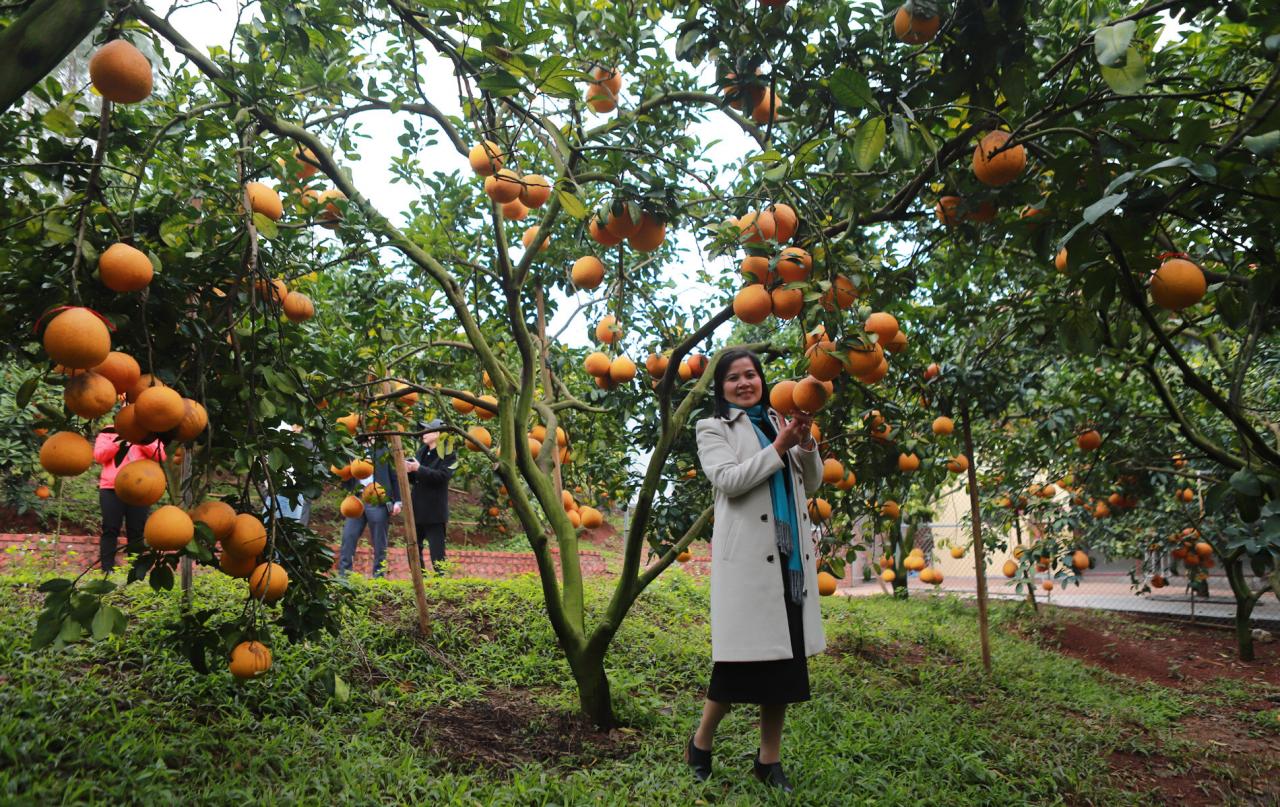
“This year, my family's fruit garden harvested about 300 tons of fruit, with a revenue of about 6 billion VND. After deducting family expenses, the family still made a profit of about 3 billion VND,” he revealed.
Not only Mr. Huu’s orange and grapefruit gardens, lychee gardens in Luc Ngan district are also gradually shifting towards agricultural tourism. Farmers “join hands” with travel companies to build tours, eco-tourism routes, experience lychee picking or sell whole trees.
Last lychee season, when visiting the eco-tourism lychee garden model in Giap Son commune (Luc Ngan), Minister of Agriculture and Rural Development Le Minh Hoan expressed his feelings: "Too wonderful!". After that, he ordered a whole lychee tree from Mr. Nguyen Van Son's family garden in Luc Ngan, because he was impressed with the "Lychee tree in home garden" model.
In a place with high mountains and deep streams interspersed with valleys, Mr. Bui Ngoc Thang - Director of Pha Din Tourism Cooperative (Thuan Chau, Son La) - also created an agricultural tourism model.
He confided that when he was young, he followed his parents to the fields to grow corn and cassava, then switched to growing fruit trees. However, farming was seasonal, small-scale, and unconnected, so the profit was not much. Not only his family, but also everyone in Kien Xuong village was like that.
Not wanting to endure poverty and hunger forever, he and some fruit-growing households in the area established Pha Din Tourism Cooperative. Here, in addition to developing fruit trees in the direction of clean production and linking agricultural product consumption, it is also a place to attract tourists to visit and experience.
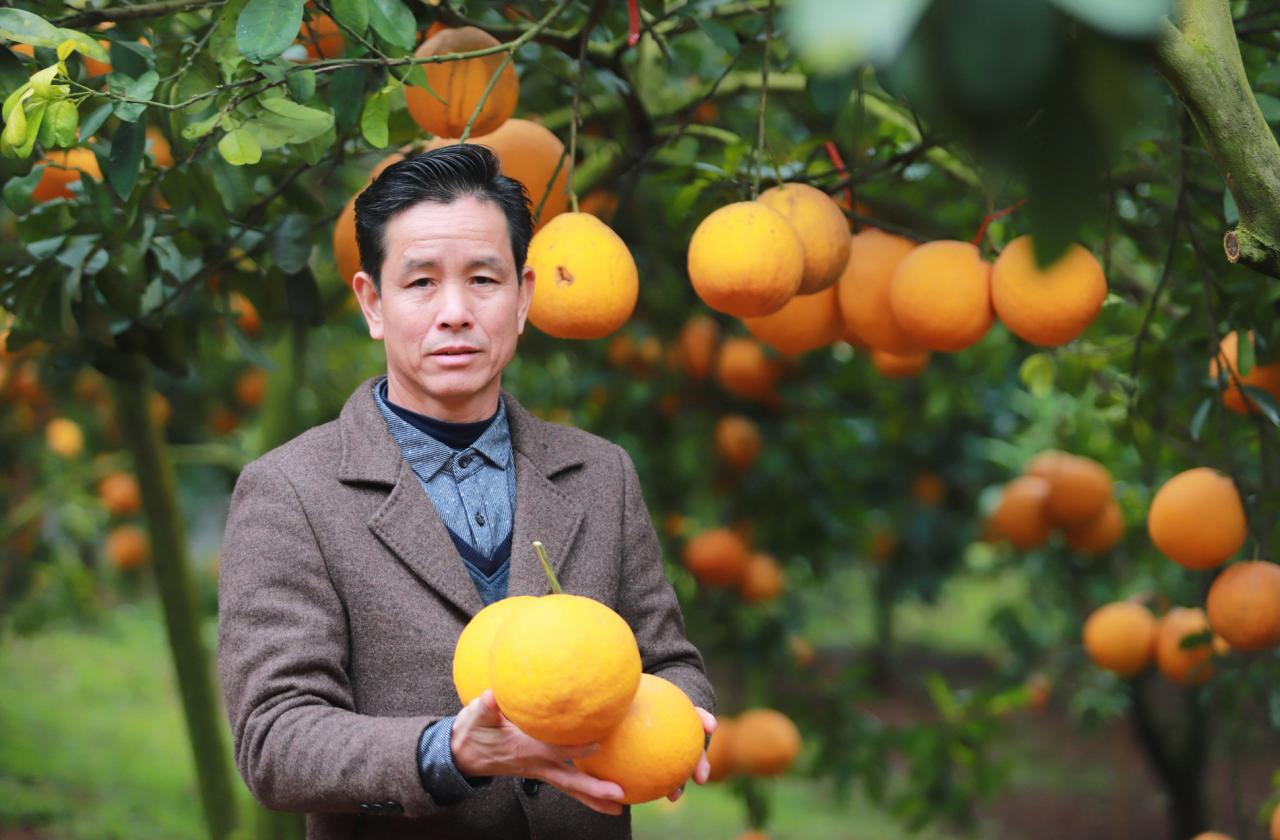
The cooperative built the "Pha Din top" tourist area with an area of more than 30 hectares, including a flower garden, a spiritual area, etc. The ecological forest area is an area for growing plums, peaches, hawthorns, etc. for tourists to relax, while experiencing the activities of caring for, picking and enjoying fruits right in the garden like farmers.
Up to now, "Pha Din top" has become a familiar stop for tourists. On the occasion of September 2nd last year, the cooperative welcomed over 10,000 visitors to visit and experience.
In addition to selling agricultural products, doing farming for experience has also become a trend to help farmers earn extra income.
In An Giang, from 12 hectares of rice fields and mixed gardens, old farmer Nguyen Van Sam boldly converted to an eco-tourism and agricultural tourism service model. Tourists come to visit, take photos, and stay, helping him earn 9.2 billion VND/year, with a profit of 3 billion VND.
Exploiting the new “gold mine”
In the world, agricultural tourism has been deployed since the 80s of the last century. In our country, agricultural tourism is considered a "gold mine" because it has great potential to develop rural tourism. For example, terraced fields have become famous tourist assets without much investment or coastal areas, coconut growing areas, rice growing areas from North to South,...
Ms. Nguyen Thi Thanh Thuc, Director of Bagico Joint Stock Company, acknowledged that with the long history of development of the agricultural sector, if exploited in conjunction with tourism, this will be a very potential industry. Accordingly, revenue from agricultural tourism comes not only from tours but also from profits from selling agricultural products and specialties.
“Agricultural tourism is an interesting suggestion,” said Minister Le Minh Hoan. According to him, the first level is the commodity economy, creating, producing and simply trading. The next level is concerned with commercialization, with services, to create added value.
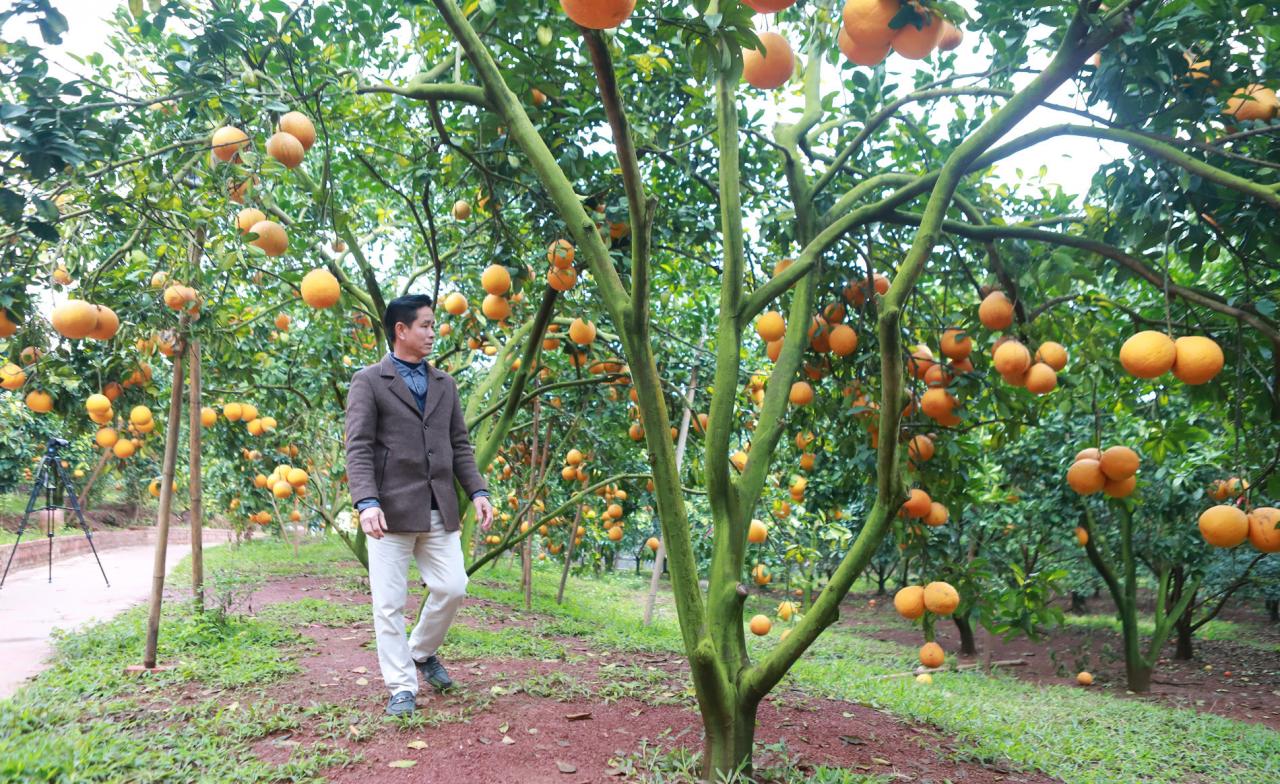
Next on the top of the value ladder is the experience economy, bringing uniqueness and difference by “touching” the emotions of customers and consumers in a natural and intimate way. Agri-tourism, through a light fashion show in the middle of a fruit-laden lychee garden, is a new approach, following the trend of the experience economy.
In many countries, people also approach the concept of “Entertainment Agriculture”. Farmers do not only know how to “hoe and plow deeply”, no longer “work in the sun and rain”, farming also has its own way of entertaining farmers, then the life of farmers is no longer quiet, nestled under the lychee and orange trees.
Accordingly, instead of placing too much emphasis on production results such as output, scale or relying on technical and technological solutions, we can consider an approach to agricultural economic development based on services and experiences, he suggested.
The head of the agricultural sector also mentioned Mu Cang Chai (Yen Bai), where rice farmers do not only sell rice, they also sell the landscape on terraced fields to tourists staying at hotels and homestays. Therefore, the rice yield on terraced fields cannot be equal to that in the Red River Delta or the Mekong River Delta, but the income is much higher.
Currently, developing agricultural tourism is one of the key solutions and tasks of the National Target Program on New Rural Development for the 2021-2025 period, based on changing the mindset from agricultural production to agricultural economic development, contributing to supporting localities to effectively and sustainably implement new rural criteria.
The Ministry of Agriculture and Rural Development wants to exploit this sector into a rural tourism industry and become a Vietnamese brand, with support from OCOP products. Because when there are multiple values on an area of agricultural land, farmers' income can increase vertically.
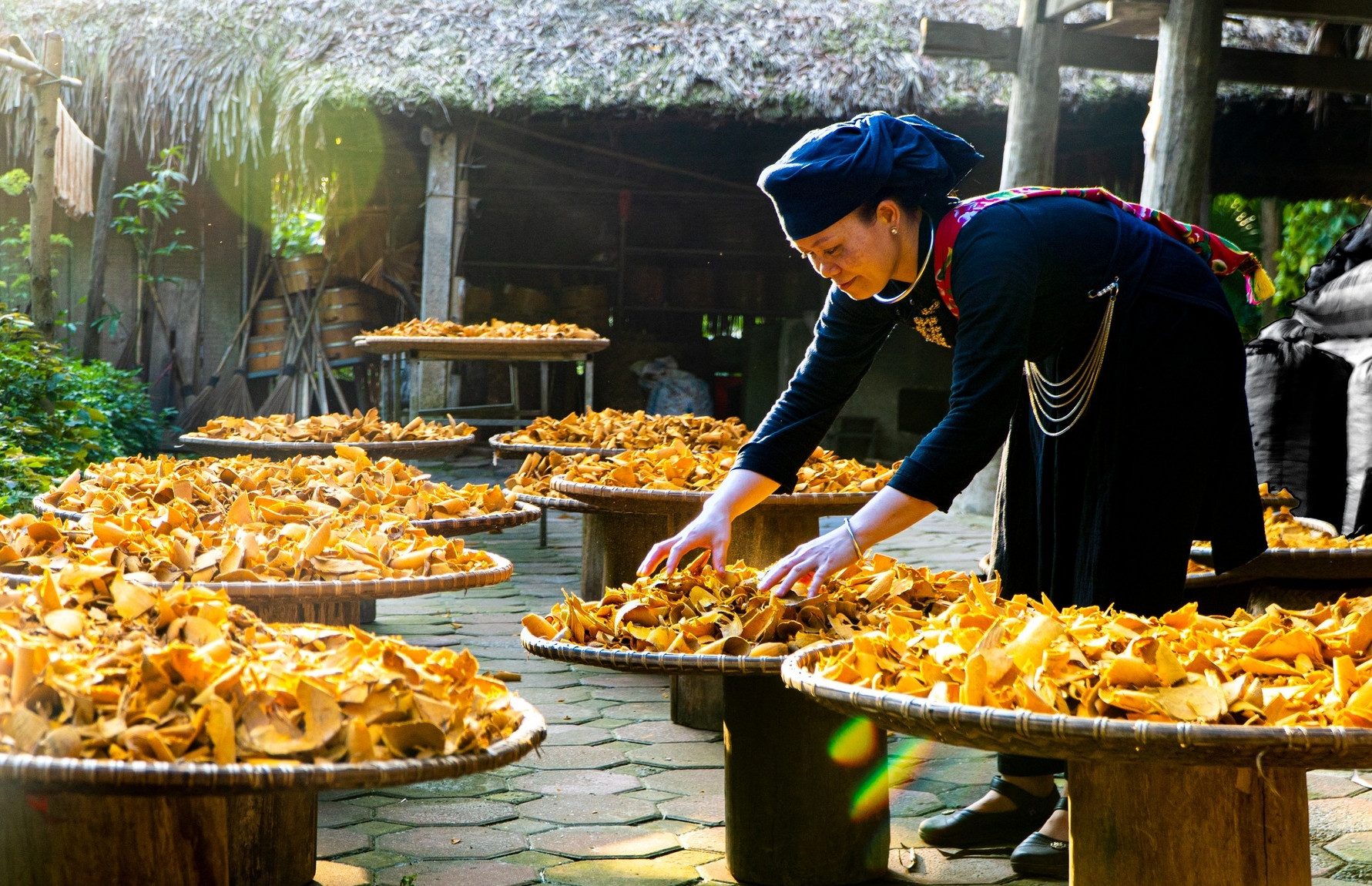
Source


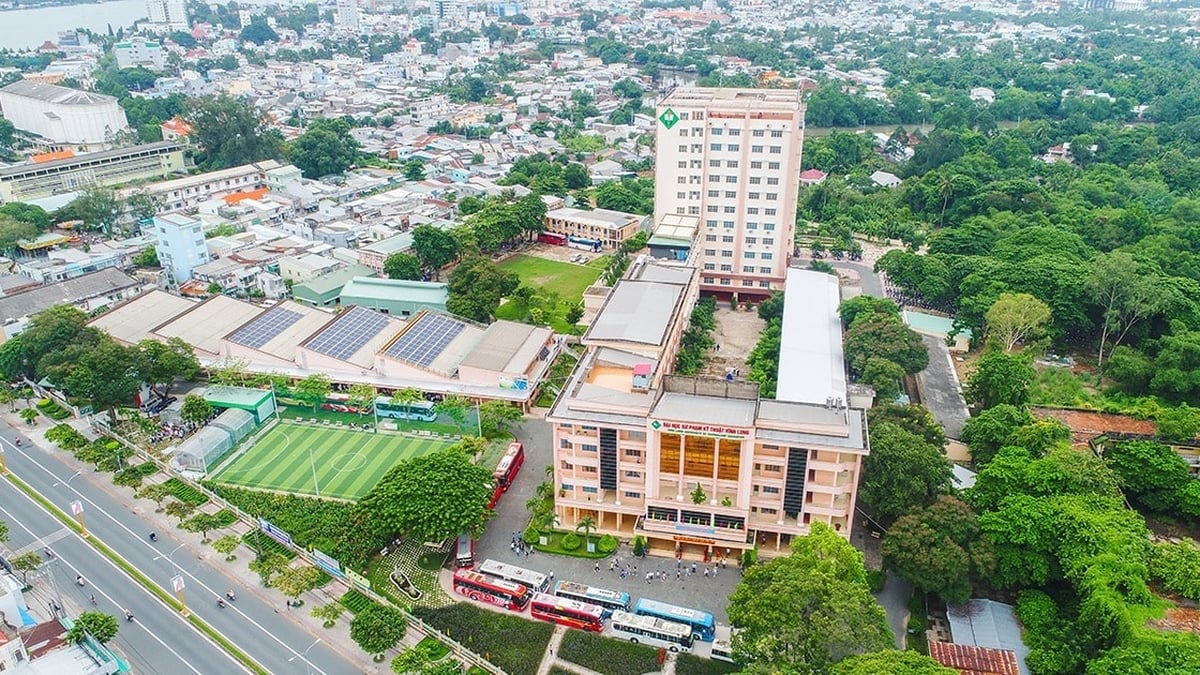
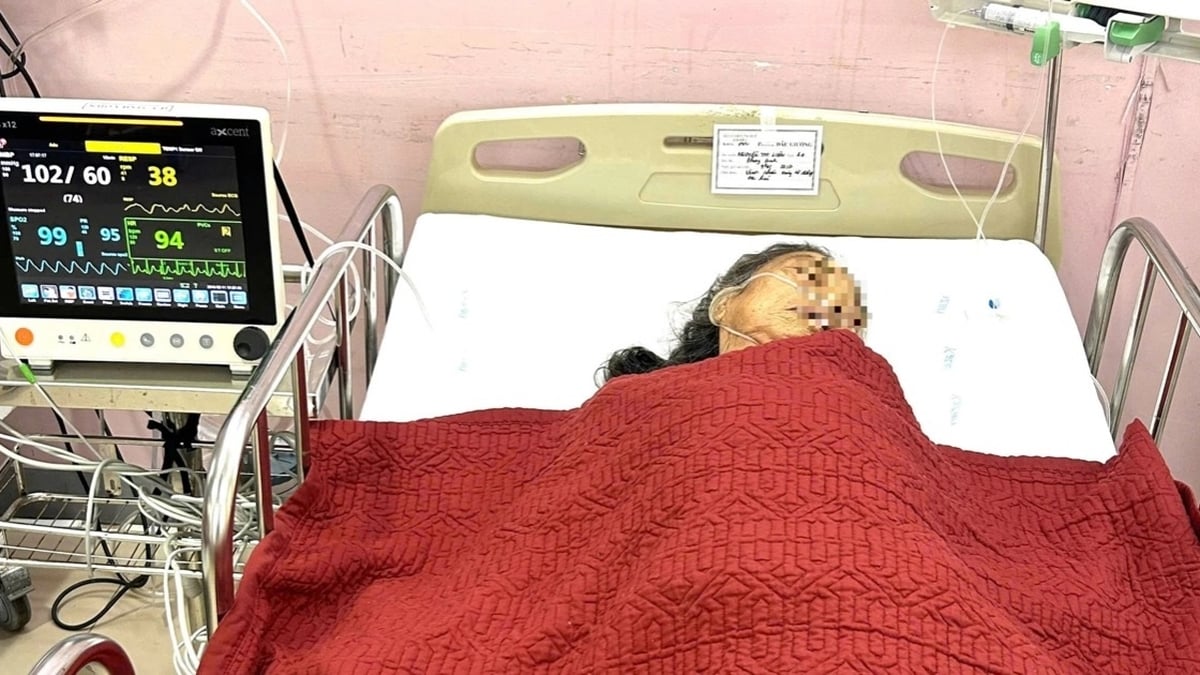
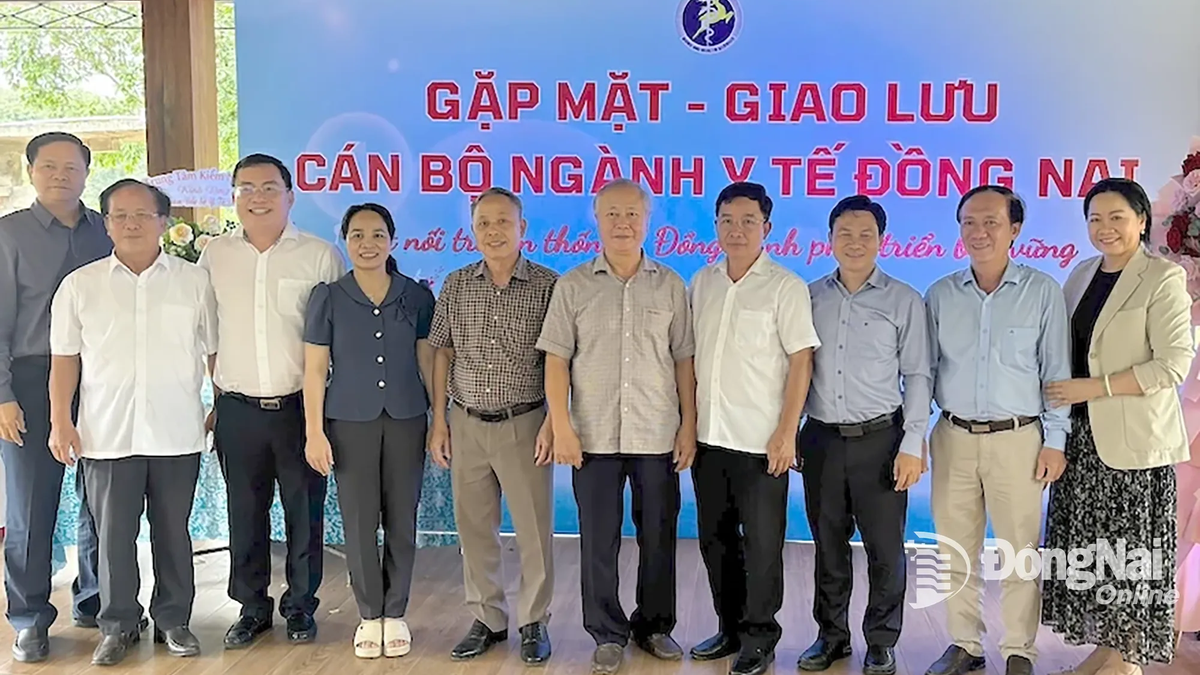

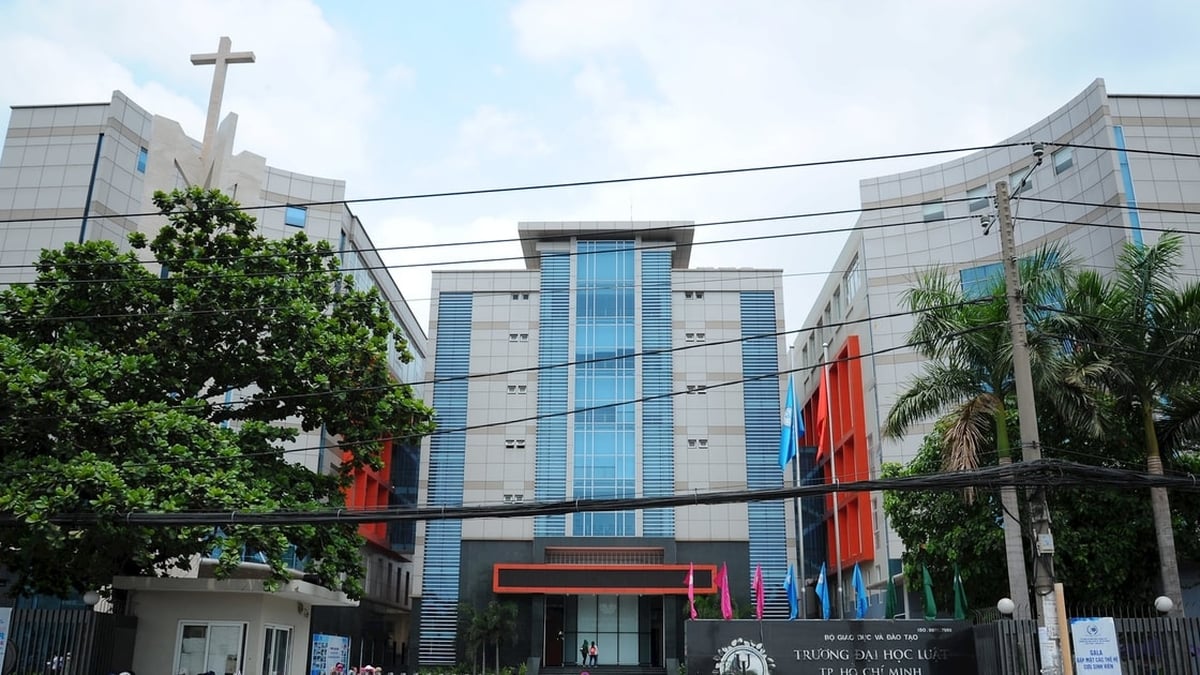
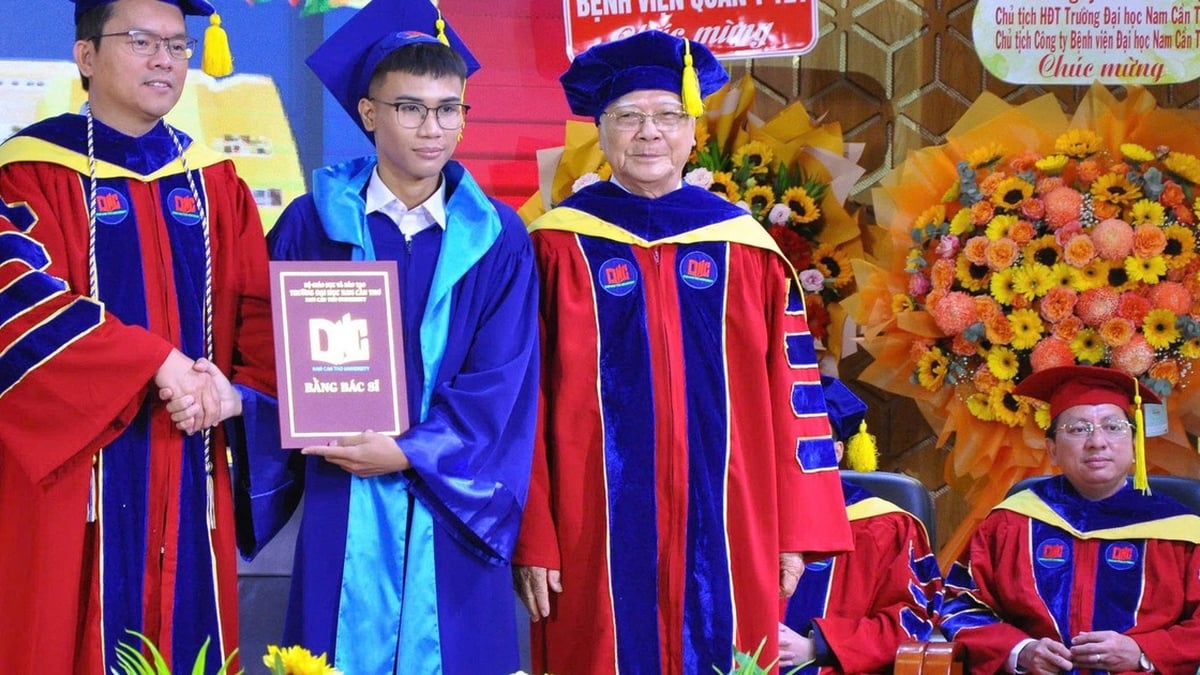
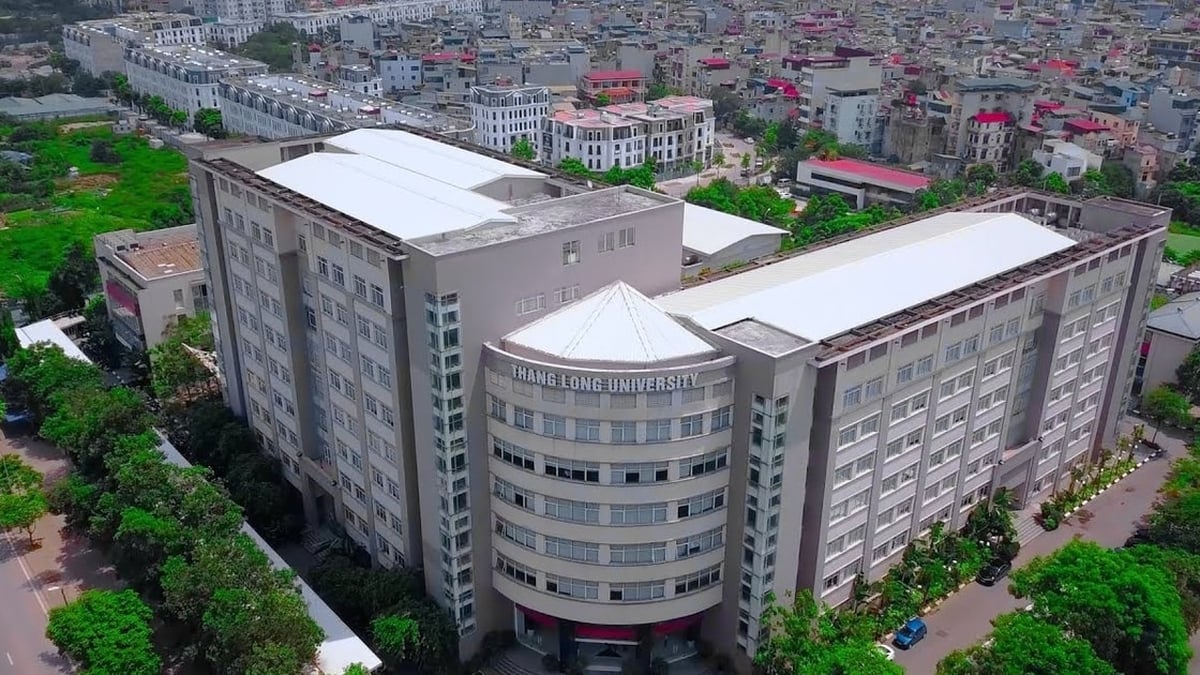
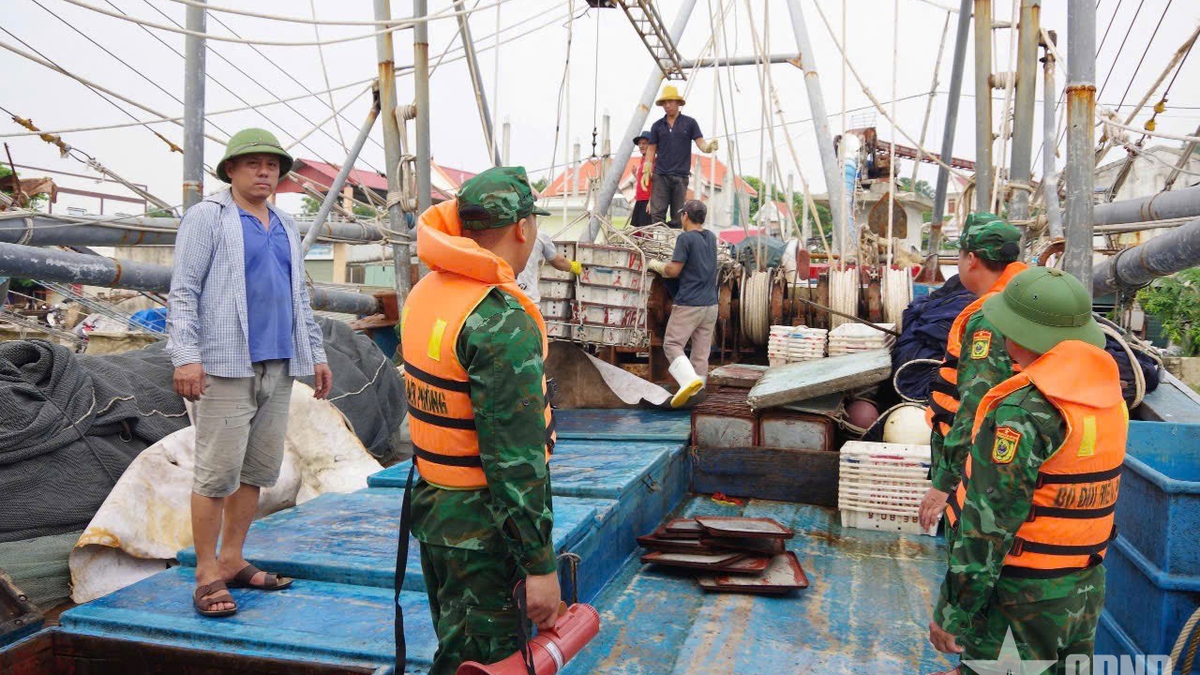
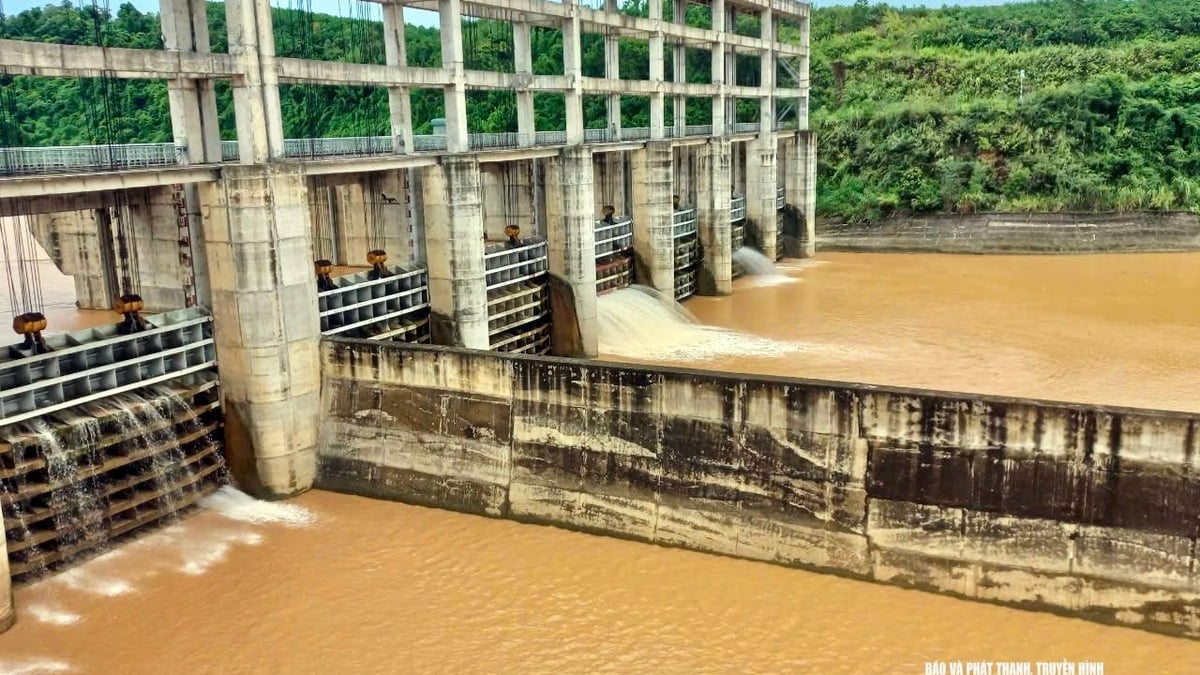
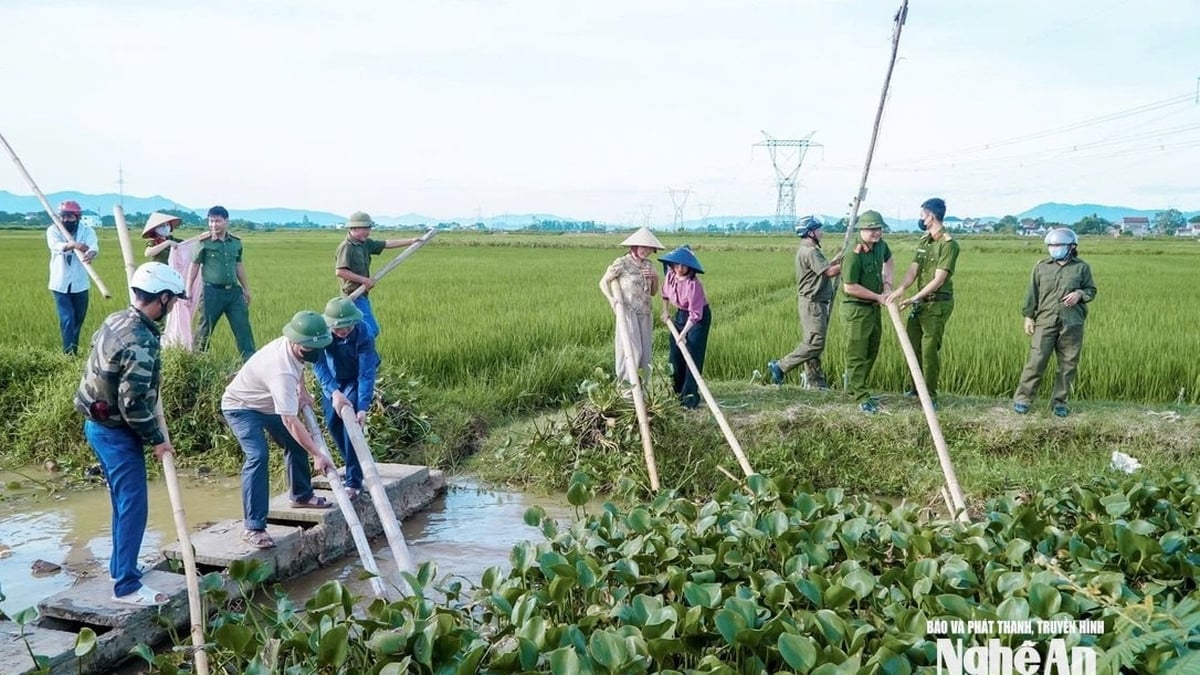















![[Photo] National Assembly Chairman Tran Thanh Man visits Vietnamese Heroic Mother Ta Thi Tran](https://vphoto.vietnam.vn/thumb/1200x675/vietnam/resource/IMAGE/2025/7/20/765c0bd057dd44ad83ab89fe0255b783)






































































Comment (0)